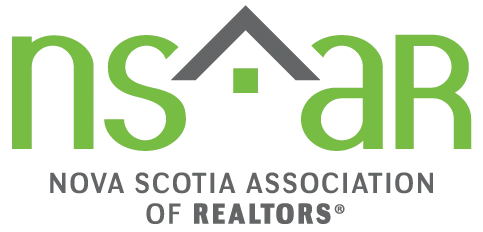Have you ever used a software application that felt confusing or frustrating? Maybe you encountered unclear error messages, struggled to find the feature you needed, or felt overwhelmed by the interface. These are all examples of poor usability, which can significantly hinder user experience.
This guide will introduce you to Heuristic Analysis, a powerful technique for identifying usability issues in software applications. By leveraging Nielsen’s 10 Heuristics of Usability, we will systematically evaluate the application’s design against established best practices.
Heuristic Analysis for Design Q&A
Familiarize yourself with the software application. Use the application as a typical user would and take notes on any usability issues you encounter.
Review Nielsen’s 10 Heuristics of Usability below. Make sure you understand each heuristic and how it can be applied to evaluate the usability of the software application.
Evaluate the software application against each heuristic. For each heuristic, identify any usability issues that violate the heuristic.
Make recommendations for improvement using User Stories annotation. For each usability issue you identify, recommend a way to fix it — screenshot and write notes. Remember to categorize it between High, Medium and low priorities.
Heuristic Analysis Introduction
The Nielsen Usability Heuristics are a set of 10 principles that guide the design of interfaces to make them easier to use, learn, and remember. They were proposed by Jakob Nielsen in 1994 and are widely used by designers and software developers.
1. Visibility of system status:
The system should always keep users informed about what’s happening through clear and timely feedback. This feedback should be visible and appropriate for the situation. Examples: error messages, confirmation messages, progress indicators.
2. Match between system and the real world: The system should use language, terms, and concepts familiar to the user in the real world. Avoid technical jargon and use clear metaphors. Examples: use common terms, avoid technical jargon, leverage familiar metaphors.
3. User control and freedom: Users should have the ability to easily undo and redo actions, and exit unwanted situations without difficulty. Examples: “undo” and “redo” buttons, keyboard shortcuts, confirmations before irreversible actions.
4. Consistency and standards: The system should be consistent in how information is presented and how users interact with it. Examples: use the same formatting for menus and similar elements, keep functionalities in predictable locations.
5. Error prevention: The system should be designed to prevent users from making errors, or at least make them easy to identify and correct. Examples: use data validation, provide immediate feedback on errors, offer error recovery options.
6. Recognition rather than recall: Users shouldn’t need to memorize information to use the system. Relevant information should always be visible or easily retrievable. Examples: use clear icons, employ descriptive labels, organize menus logically.
7. Flexibility and efficiency of use: The system should cater to both experienced and novice users. Experienced users should be able to complete tasks quickly, while beginners should be supported in learning the system. Examples: shortcuts for frequent actions, personalization options, appropriate levels of help content.
8. Aesthetic and minimalist design: The design should be simple, elegant, and free from clutter that distracts the user. Examples: prioritize content and functionality, use clear colors and fonts, avoid unnecessary decorative elements.
9. Help users recognize, diagnose, and recover from errors: Error messages should be clear and helpful, guiding the user towards identifying the problem and finding solutions. Examples: descriptive error messages, suggestions for solutions, links to helpful documentation.
10. Help and documentation: The system should provide readily available and helpful help and documentation that assists users in learning the system and resolving issues. Examples: tutorials, FAQs, glossaries.
Transforming your task notes on the user stories
As a [user persona], I want [desired action], so that [benefit for the user].
[User persona]: Who is the user trying to accomplish something? Be specific (e.g., new customer, returning customer, administrator).
[Desired action]: What does the user want to do? This should be a clear and concise action (e.g., register for an account, filter search results, edit profile information).
[Benefit for the user]: Why does the user want to do this? What value does it bring them? (e.g., save time, find relevant products easily, personalize their experience).
Example:
As a staff member with access to records,
I want to be able to review data summaries and for a specific department, so that I can easily export a comprehensive report for further analysis and record-keeping.
- Keep it short and sweet.
- Focus on a single user action and its benefit.
- Use clear and concise language.
This process will equip you with valuable insights to improve your software’s usability, ultimately leading to a smoother and more enjoyable user experience.
Additionally, the guide will introduce you to a valuable tool for user story writing: Transforming your task notes into user stories.
This approach helps you frame your design decisions around specific user needs and the benefits they provide.
Let’s get started on creating a more user-friendly software experience!


